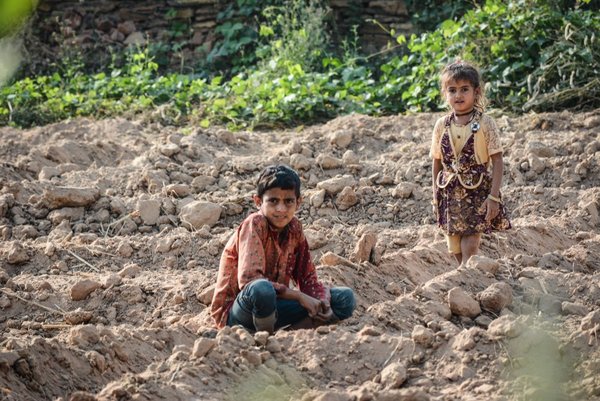 Read this article in French
Read this article in French- Share this article
- Subscribe to our newsletter
International Year for the Elimination of Child Labour
Child labour still affects 152 million children despite a decrease by 38 per cent in the last decade, the International Labour Organization (ILO) states on the occasion of the Launch of International Year for the Elimination of Child Labour on 21 January 2021. The COVID-19 pandemic has considerably worsened the situation, but joint and decisive action can reverse this trend, ILO says.
The International Year was unanimously adopted in a UN General Assembly resolution in 2019. A main aim of the year is to urge governments to do what is necessary to achieve Target 8.7 of the UN Sustainable Development Goals (SDGs).
Ending child labour in all its forms by 2025
Target 8.7 asks Member States to take immediate and effective measures to eradicate forced labour, end modern slavery and human trafficking and secure the prohibition and elimination of the worst forms of child labour, including the recruitment and use of child soldiers, and by 2025 to end child labour in all its forms.
The joint initiative encourages regional, national and organisational stakeholders and individuals to identify concrete actions that they will take by December 2021 to help end child labour. The deadline to submit these Action Pledges is 30 March. Pledge makers are invited to document their efforts and progress throughout the year, through videos, interviews, blogs and impact stories at the website of the International Year for the Elimination of Child Labour 2021.
70 per cent of children in child labour work in agriculture
In the last 20 years, almost 100 million children have been removed from child labour, bringing number down from 246 million in 2000 to 152 million in 2016.
However, progress across regions is uneven. Almost half of child labour happens in Africa (72 million children), followed by Asia and the Pacific (62 million). A 70 per cent of children in child labour work in agriculture, mainly in subsistence and commercial farming and livestock herding. Almost half of all these children work in occupations or situations considered hazardous for their health and lives.
COVID-19 crisis threatens progress in the fight against child labour
The COVID-19 crisis has brought additional poverty to these already vulnerable populations and may reverse years of progress in the fight against child labour. School closures have aggravated the situation and many millions of children are working to contribute to the family income. The pandemic has also made women, men and children more vulnerable to exploitation.
The International Year will prepare the ground for the 5th Global Conference on Child Labour (VGC) that will take place in South Africa in 2022, where stakeholders will share experiences and make additional commitments towards ending child labour in all its forms by 2025, and forced labour, human trafficking and modern slavery by 2030.
(ILO/ile)
Read more at ILO website
Visit the website of the International Year for the Elimination of Child Labour





Add a comment
Be the First to Comment